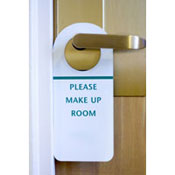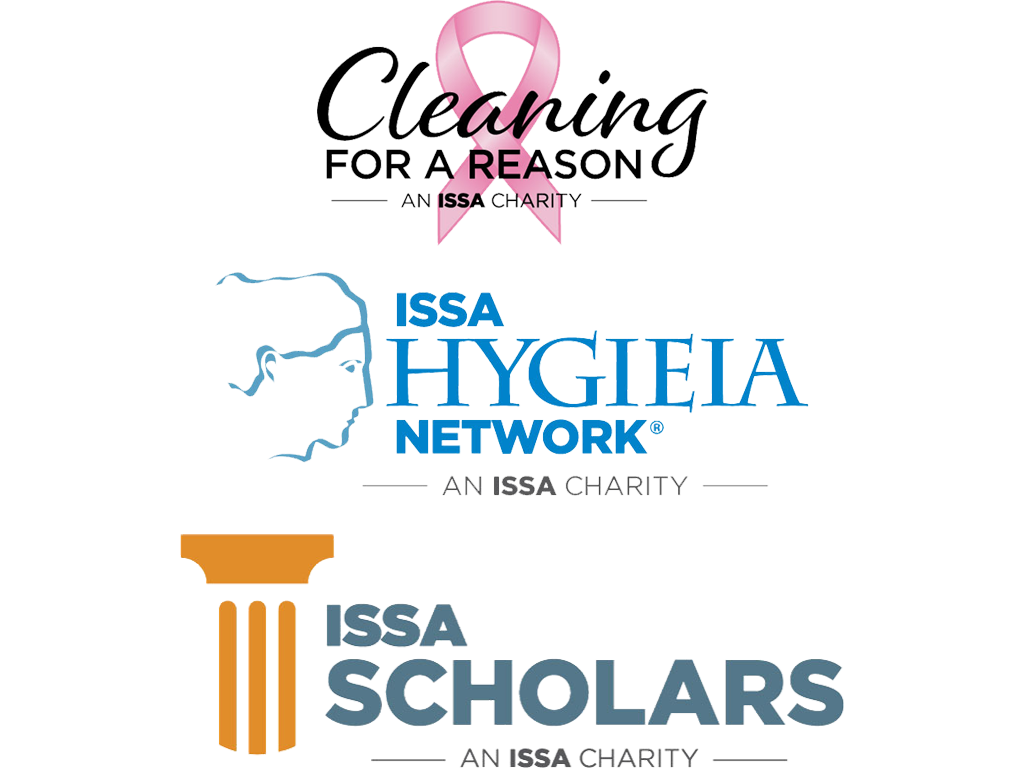Articles
Deep Clean the Way to Hotel Guest Satisfaction
Categories: Cleaning Applications
By Anthony Melchiorri and Dave Mesko | April 23, 2013 << Back to Articles
Accessible by: anyone
According to J.D. Power and Associates’ 2012 Hotel Guest Satisfaction Index, overall satisfaction within the hospitality industry is at an all-time low—down seven index points from 2011. If this isn’t concerning enough for hoteliers, the survey also revealed that guest satisfaction with hotel rooms has declined within one point of its lowest level in seven years. While these findings appear grim, they highlight a great opportunity for hotels to drastically improve the guest experience by understanding the role deep cleaning plays in overall satisfaction. When deep cleaning is a top priority, hotels can improve guest satisfaction and help differentiate their properties from competitors that may be falling short in this critical area.
However, deep cleaning is not a one-time, quick-fix solution that can be focused to one area in the hotel; it is an ongoing process that must be considered at all customer touch-points throughout the property. By proactively identifying areas in the hotel that may need deep cleaning, hoteliers can ensure they are constantly working hard to exceed guest expectations.
The Meaning of Deep Clean
While deep cleaning can be one of the most effective tools in the guest satisfaction toolkit, many hoteliers do not understand what it truly means. Deep cleaning methods go above and beyond daily protocols to effectively remove soils and contaminants and improve odor and appearance of the entire hotel. On average, deep cleaning should occur several times throughout the year based on the hotel’s traffic and volume. Hoteliers should focus on four primary areas throughout the hotel including flooring, air conditioning units, walls, and windows.
- Flooring. According to a Georgia State University study, a vacuum cleaner can only remove 10 percent of dirt, which is where deep cleaning can come into play. Consider partnering with a deep-cleaning provider that understands the needs of the hotel and can create a schedule and plan for carpet deep-cleaning programs. Consider using a provider with techniques certified as platinum by the Carpet and Rug Institute (CRI). Capable of removing 90 to 100 percent of all soil and water that vacuums haven’t removed from carpeting, CRI platinum-certified extractors offer hotels the greatest assurance of achieving maximum cleanliness, increased carpet life expectancy, and appearance retention.
An effective carpet deep-cleaning service will include several key components, which help clean and restore guest room flooring. Techniques that combine high-pressure steam, agitation, heat, and extraction will be the most comprehensive way to deep clean carpeting. To help protect against future damage and preserve appearance in between deep cleanings, consider finishing carpets with a stain repellant.
In addition to carpets, deep clean hard flooring surfaces throughout the hotel. Honing and polishing hard surfaces such as granite, terrazzo, and tile can improve clarity and ease daily cleaning tasks. Make sure to examine high-traffic areas and compare flooring conditions to low-traffic areas. If there is a difference in appearance, consider regrouting or resealing grout lines to ensure maximum effectiveness of deep cleanings. After deep cleanings, use mats in high traffic areas to protect floors between cleanings.
- Air Conditioning Units. In addition to flooring, provide a clean environment for hotel guests by focusing on other areas that may impact satisfaction, such as air quality. Ensure guests are greeted by fresh, odor-free rooms by cleaning air conditioning coils. The disinfection of in-room air conditioning units will improve air flow and eliminate up to 99.99 percent of odor-causing bacteria, mold, and mildew. Ensure that the units not only are disinfected, but also cleaned in a fashion that inhibits future mold growth. Since coil cleanings improve air flow, they also provide the added benefit of reduced energy consumption throughout guest rooms.
- Windows and wall coverings. Complete deep cleanings by checking areas of the hotel that may not always be obvious, but can have a lasting impression on guests. For example, examine walls and window coverings to ensure they are clean and free of blemishes or markings. Deep clean curtains and blinds and perform routine paint touchups around the interior of the hotel. Create a schedule for window cleanings and increase frequencies during seasons with inclement weather conditions. By ensuring every customer touch point throughout the hotel is in top condition, hoteliers can ensure they provide a lasting positive customer experience.
Deep cleaning is not a one-time solution, but an ongoing process that must be repeated and changed based on the hotel’s needs. Consider partnering with a deep cleaning provider that can provide valuable expertise and insight into specific solutions that will benefit the hotel and its customers. Consistently solicit feedback from employees and guests on the condition of the hotel and make changes accordingly.
Protect and Maintain
While deep cleaning is at the forefront of providing great guest experiences, it’s important to implement strategies to sustain these high levels of cleanliness. To protect flooring, consider using a matting system throughout the hotel. Matting should be placed at entrances, check-in counters, and near back-of-house areas such as kitchens and housekeeping closets. Since mats capture liquids and contaminants and prevent their spread, hoteliers can ensure the hotel’s floors remain clean regardless of increased foot traffic or weather conditions. Matting also works to prevent slip-and-fall accidents, which can take a toll on the guest experience. To ensure mats stay clean and effective in capturing contaminants, consider partnering with a matting service provider.
To maintain deep cleaning success, ensure that housekeeping staff have the tools, equipment, and chemicals required to effectively perform daily cleaning duties. Provide fully stocked cleaning carts with the essentials needed to help them efficiently clean and disinfect guest rooms. Tools such as professional-grade vacuums, microfiber cloths, chemical dispensing units, and autoscrubbers help to improve efficiency of housekeeping staff.
Commit to Clean
Following deep cleanings, hoteliers should continuously assess the program to ensure that each step is helping exceed expectations of hotel guests. Increase frequencies of methods that work best and improve upon practices that may not be meeting expectations. While working with service providers, ask for their expertise to make sure the program is constantly evolving to provide optimal guest satisfaction. By understanding the true meaning of deep clean, hoteliers will demonstrate their dedication to a positive guest experience, which will help improve overall satisfaction and repeat business while providing a key point of differentiation from the competition.
About the Author.
Anthony Melchiorri is veteran hotel operator with more than 20 years of industry experience. As the host of the Travel Channel television series “Hotel Impossible,” Melchiorri now applies his expertise and knowledge to turn struggling hotels into profitable establishments.
Dave Mesko is senior director of marketing for Cintas Corp. Mesko has more than 16 years of cleaning industry experience. Cintas designs, manufactures, and implements corporate identity uniform programs, and provides entrance mats, restroom supplies, promotional products, first aid and safety products, fire protection services, and document management services to approximately 800,000 businesses. For more information, visit www.cintas.com/facilityservices.


